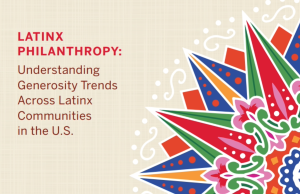Right now small and steady might be the best way to go when it comes to donor acquisition.
QuickBooks Advanced in Mountain View, Calif., sponsored a survey of 2,000 nonprofit donors in late March, 2020. Respondents were initially screened for donation activity.
Among them, 29 percent make donations every few months, with 55 percent giving $100 or less and 38 percent donating between $100 and $1,000 annually. This is an area that can be built out: Only 11 percent participate in automated donation programs, which should be flexible enough to accommodate monthly, quarterly, or biannual donations.
Even in the early stages of the Coronavirus pandemic, they were already curtailing donations. Just over one-third reported giving less than they had a year previous, and nearly half — 47 percent — were conserving cash, giving less than they had a month previously.
At their level, tax ramifications don’t seem to play a large part in their donation activities. More than three quarters said 2018 tax reforms had not affected the level of financial support they gave.
That said, new nonprofits might have trouble getting on small donors’ radars. Four in five “always” or “mostly” support the same nonprofits year-over-year, and 48 percent are more likely to contribute to nonprofits near them. They respond well to having a personal connection, with 69 percent saying that would increase their likelihood of making a donation.
Intimacy, however, can be taken too far: in-person solicitations at their home are frowned on. The most welcome communication channels were traditional mail (cited by 50 percent), email (49 percent) and social media (36 percent).
These donors might not have much money, but if they have passion organizations should seek other ways to involve them. Hands-on volunteering and attending functions and meetups were mentioned by 53 percent of respondents as ways they like to get involved. If these are tricky because of social distancing requirements, a nonprofit can host webinars and open forums to discuss relevant issues and actions.
If possible, give them a sense of influence, as 42 percent said they would give more if they could influence how nonprofits spend their money. While a nonprofit may be reluctant to earmark funds for programs, carefully crafted messaging can stress the need for unrestricted funds, making the donor feel good about giving to those buckets.
No matter how much emphasis a nonprofit gives to its website, it should be giving more. More than one-third of donors – 37 percent – like to donate in person at events. While the coronavirus severely limited these types of fundraisers, 34 percent indicated online donations were their preferred channel.
A robust, dynamically updated website can keep donors returning to it, and donating through it, meaning that third-party aggregators won’t have as many opportunities to take processing fees from donations. Websites can also disseminate information about current programs or host surveys about organization priorities, enabling donors to feel more in control of their preferred nonprofits’ activities.










